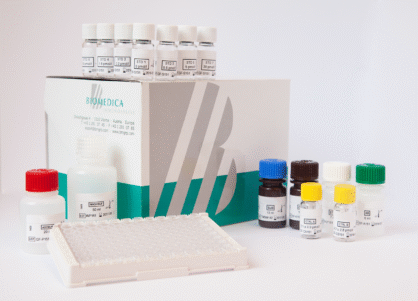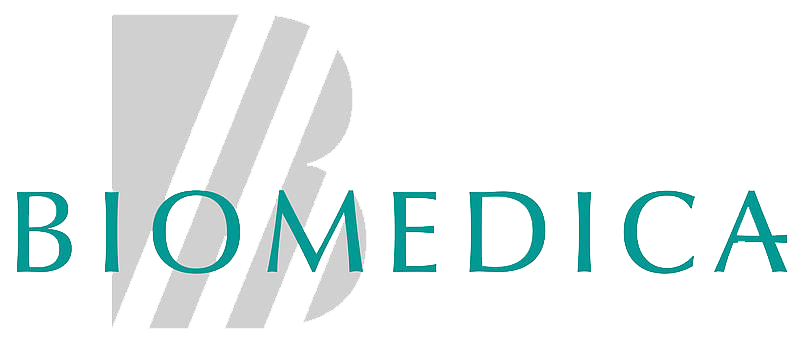Blood Urea Nitrogen Detection Kit
Blood Urea Nitrogen (BUN) is a measurement of the concentration of urea-derived nitrogen in the bloodstream. Urea is produced in the liver as the primary end product of protein metabolism, formed through the urea cycle to detoxify ammonia. Because urea is freely filtered by the kidneys—with a portion reabsorbed depending on hydration status and tubular function—its circulating concentration reflects a balance between hepatic production, renal excretion, and overall protein turnover. BUN levels can therefore be influenced by factors such as dietary protein intake, liver function, kidney perfusion, and catabolic state.
Clinically, BUN is widely used as a core indicator of renal health and is typically assessed alongside serum creatinine to evaluate kidney filtration efficiency and diagnose acute kidney injury (AKI), chronic kidney disease (CKD), dehydration, or altered renal perfusion. Elevated BUN may signal impaired renal excretion, increased protein catabolism, gastrointestinal bleeding, or volume depletion, while low levels may indicate hepatic dysfunction or malnutrition. The BUN-to-creatinine ratio is also a valuable diagnostic tool for distinguishing prerenal from intrinsic renal causes of kidney dysfunction.
In research settings, BUN serves as a quantitative biomarker for studying renal physiology, nephrotoxicity, metabolic disorders, and systemic disease models. It is commonly measured in preclinical studies assessing the impact of pharmaceuticals, toxic agents, or novel therapeutics on kidney function. Because of its sensitivity to changes in renal perfusion and protein metabolism, BUN is frequently incorporated into multi-analyte panels that monitor organ function, disease progression, and treatment response in both animal models and translational investigations.
This Blood Urea Nitrogen Detection Kit is manufactured in Canada by StressMarq.





